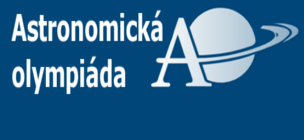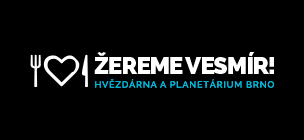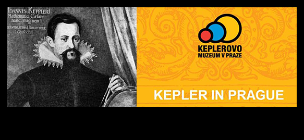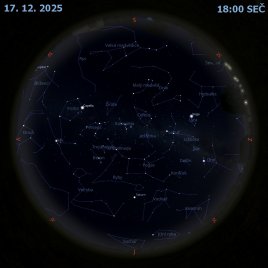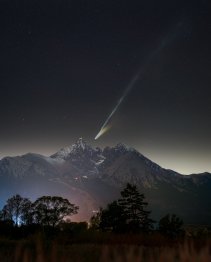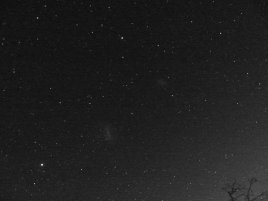Přednáška: Za černým Sluncem přes klokany aneb Všecko je tu dangerous
Termín konání akce: 25.01.2013 od 0:00 do 21:00
Bc. Petr Horálek
Hvězdárna v Úpici
V listopadu 2012 nastalo po dlouhých 2 a půl letech úplné zatmění Slunce. Spatřit ho ale nebylo vůbec lehké. Za úkazem jsme se slovenským kolegou museli strastiplně cestovat do světa protinožců, prokličkovat po dálnici mezi klokany, utábořit se v termitišti a věřit, že nás z jedné strany neuštknou hadi a z druhé strany nesežerou krokodýli. Navíc jsme museli hnát co nejdál od ošidné oblačnosti, abychom v závěru přeci jen podlehli dvouminutovému nepopsatelnému okamžiku, který dokáže strhujícím způsobem ovlivnit i lidi se srdcem z kamene. Jak ušetřit v drahé Austrálii? Proč (ne)chodit do moře? A proč dát předost BBQ před KFC? Zdaleka nejen to se v přednášce dozvíte.
Přednáška se uskuteční na Hvězdárně b. A. Krause v Pardubicích.
